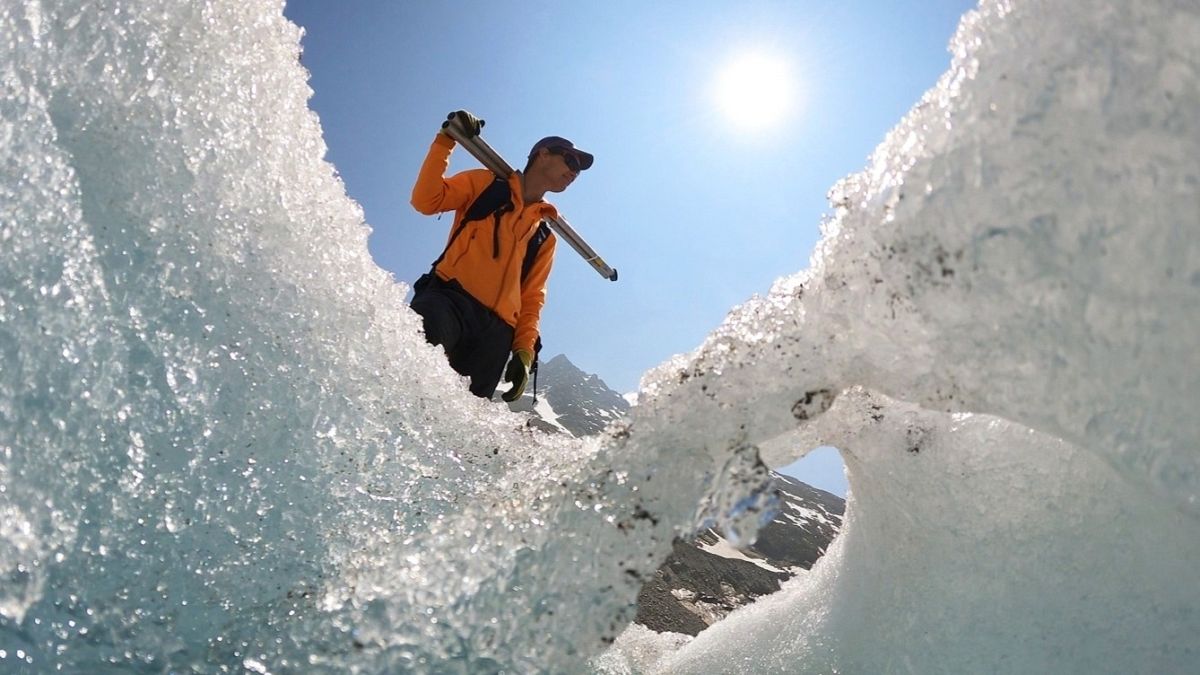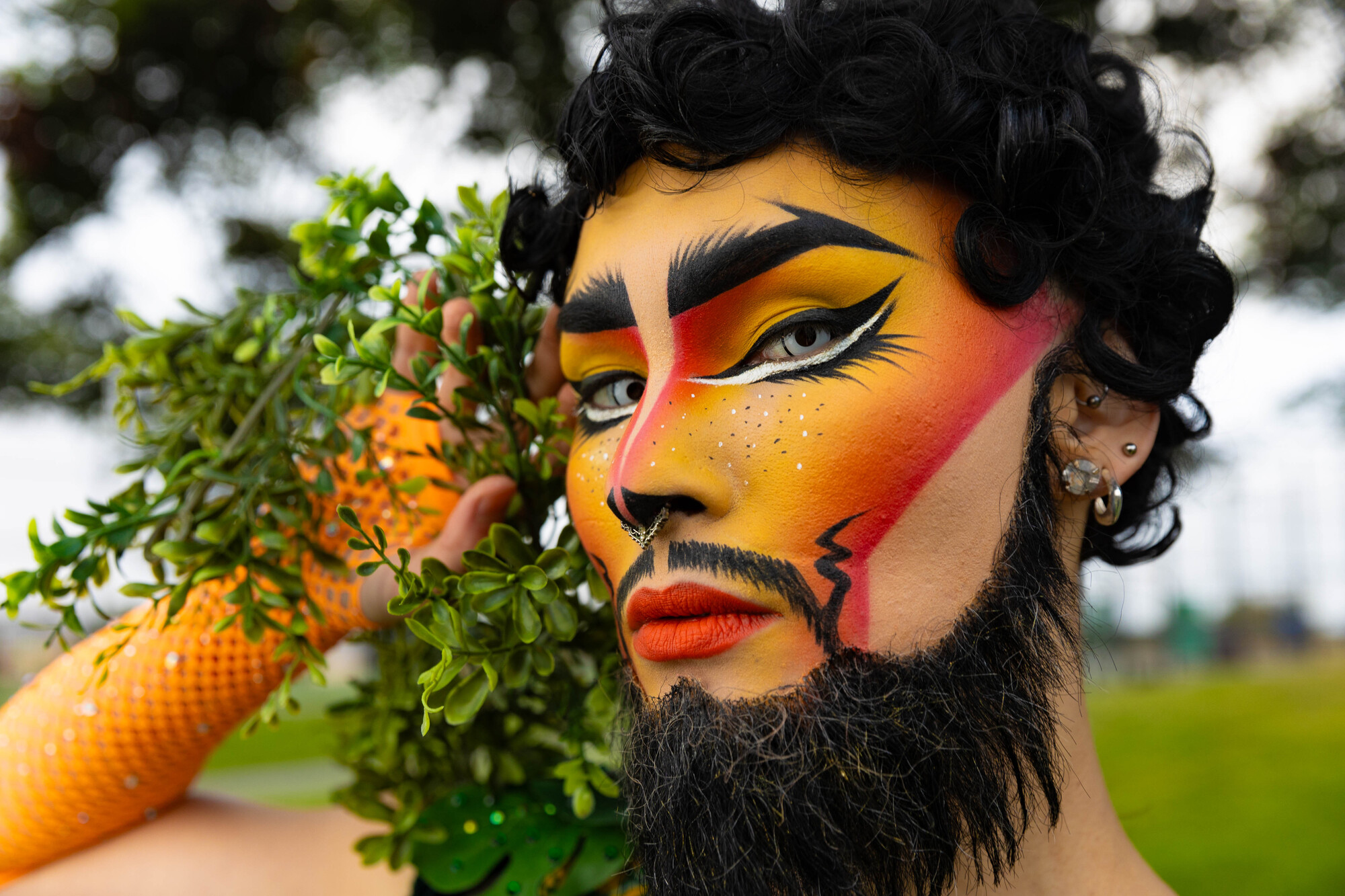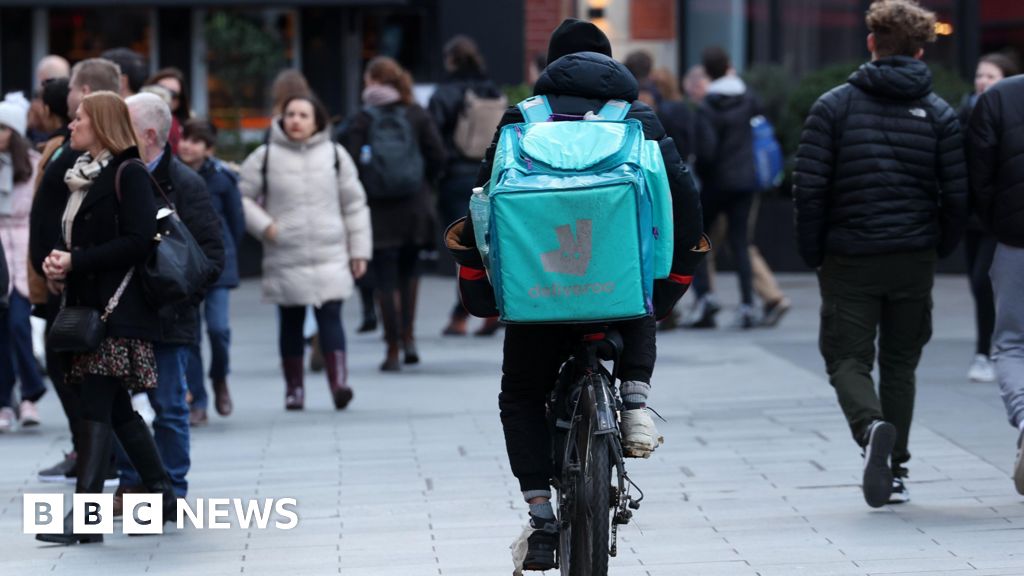By Euronews with AP
Published on 25/06/2025 - 11:01 GMT+2
ADVERTISEMENT
Anxiety, grief, anger, fear, helplessness. The emotional toll of climate change is broad-ranging, especially for young people.
Many worry about what the future holds, and a daily grind of climate anxiety and distress can lead to sleeplessness, an inability to focus, and worse. Some young people wonder whether it’s moral to bring children into the world. Many people grieve for the natural world.
Activists, climate psychologists, and others in the fight against climate change have a range of ways to build resilience and help manage emotions. Some ideas:
Get active in your community
Feeling isolated? Find ways to connect with like-minded people and help nature, said US-based climate psychologist Laura Robinson.
Work locally to convince more residents to give up grass lawns and increase biodiversity with native plants, for instance. Help establish new green spaces, join projects to protect water, develop wildlife corridors, or decrease pesticide use to save frogs, insects, and birds. Work to get the word out on turning down nighttime lighting to help birds and lightning bugs.
“I see people struggling with these emotions across the age range,” said Robinson. “I have parents who are themselves really struggling with their own feelings and really worried about their children in the future”.
Consider the idea of a “positivity sandwich,” where you begin with a good piece of news, followed by a harder tidbit, then finish with a second feel-good story.
Model behaviours for your kids
Phoebe Yu, 39, gave up a cushy job in health technology to work on an MBA with a focus on sustainability. She started a business selling sponges made from the luffa gourd. And she does it all while raising her 6-year-old son with her husband in California.
“I am generally a very happy person and I’m very optimistic… but sometimes it becomes very difficult to manage,” she said.
Part of managing her own emotions is trying to model sustainable behaviours for her son while educating him on the importance of helping the environment.
The family drives an electric vehicle. They don’t eat meat and have encouraged extended family to do the same. They recycle, compost, and limit travel by air.
“I try to explain things to my son so he can at least have some understanding of how the world and the ecosystem works as a whole,” Yu said. “I do think kids are able to absorb that and turn that into some level of action”.
Remember: We’re all connected
Britnee Reid teaches middle school science at a virtual public school in the US.
Reid participated in a pilot project for a free teacher toolkit on climate put together by nongovernmental organisations that work on the emotional impacts of climate change.
The kit is full of ways to help teachers support students’ mental health and manage their own climate-related emotions. One of the exercises involves students documenting their interactions with the natural world in an environmental timeline.
Laying it all out often stirs action, Reid said.
“They can be anxious, they can be angry, they can feel fearful, but they’re like these go-getters of, ‘I’m going to make the change in this world,’” she said.
You’re not one. You’re many
Climate scientist Kate Marvel, a physicist and author of the new book “Human Nature: Nine Ways to Feel About our Changing Planet,” urges people to think differently about their place in preserving the environment.
“A lot of times, the anxiety and the hopelessness come from a feeling of powerlessness. And I don’t think any of us [are] powerless,” she said.
“Collectively, we’re incredibly powerful,” Marvel said.** “I think you can have much more impact if you think of yourself as part of the collective”.









 English (US) ·
English (US) ·